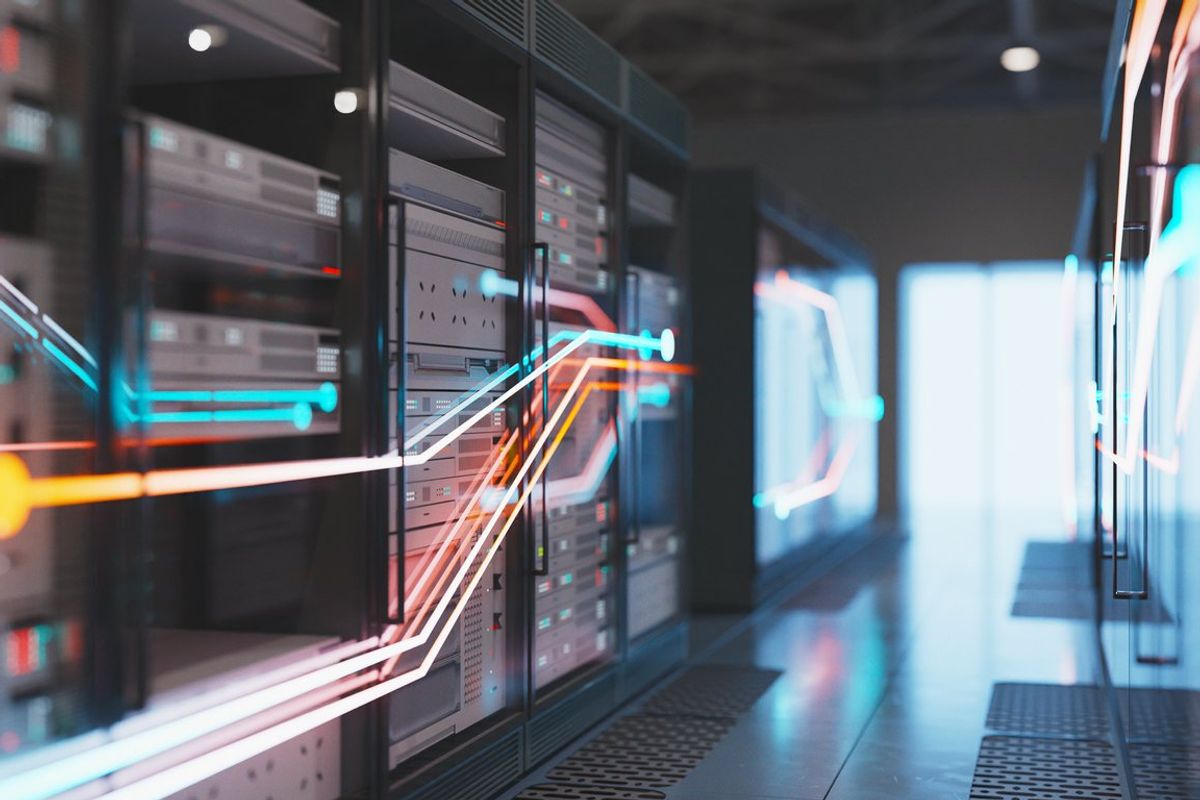Networking

iStock
What data center consists of: from racks to servers
Demystifying Data Centers: Unveiling the Inner Workings of Digital Infrastructure

Demystifying Data Centers: Unveiling the Inner Workings of Digital Infrastructure
Many users want to launch their websites and buy dedicated servers for this purpose, but clients are rarely interested in the functioning of the servers and data centers. However, that is important to understand because, together with the hosting plan, you are also accessing data centers. If that topic interests you, we are here to help.
A data center is a certain building or room with IT infrastructure for running the services and applications. Also, stored data is needed for these services and applications. In only a couple of years, data centers have grown immensely, from privately owned firms that offered services for individual companies to remote networks with virtualized infrastructure for several companies.
The servers' diversity is huge; every center chooses what works better depending on the space, workload, cost, and used power. The types of the servers are the following:
- Blade servers. This type is used for saving space in the center. Each blade includes network controllers, processors, and storage. They are designed to fit into a chassis, which contains several blades.
- Rack-mount servers. They are flat servers. This server type is small and is created to stack them in a rack. This saves tons of space, and it is beneficial for the data centers. Each server has network switches, cooling fans, power supply, and ports.
- Mainframes. This most powerful variant includes high-performance machines with a couple of processors. If compared, this option can cope with the workload of the entire room with blade servers.
Most of the servers use DAS or direct-attached storage; it is done to enable the most used hot data. Other available storage options are SAN (storage area network) and NAS (network-attached storage).
More often than not, NAS is a dedicated server with SSDs and/or HDDs. Its usage guarantees access and storage of the data to several servers. Both SAN and NAS enable shared storage. However, SAN includes a complex mixture of various storage servers, storage management software, and application servers.
Downtime can be expensive for users and providers of data centers, so there are many mechanisms for improving resiliency. When speaking about the measures, RAIDs are used to protect against corruption or data loss. Backups are also important, and there are way more.
Except for the cooling mechanisms that are used, lots of providers are bothered about the actual location of the data center. Geography can be crucial regarding probable natural disasters or even regional political issues.
In order to classify data centers according to resiliency and redundancy, there was created such a rating:

The networking system of the data centers includes different switches, fiber optics, and routers. With the help of the network, it is possible to carry traffic from the server to the users and vice versa.
Usually, the networking system is fully virtualized. So, that helps create the software-defined network that is done on top of physical infrastructure for ensuring security control and more.
One more important thing for any data center is environmental control. The space must be equipped and designed so that temperature, electricity, and humidity can be controlled for the better performance of the server.
The first important criterion is temperature. Many data centers use liquid and air cooling to create the needed temperature ranges. The system could be focused on the entire room or mainly on specific racks or rows of servers. Most centers are trying to switch to liquid cooling because this mechanism is sustainable and energy efficient.
Another component is static electricity supply. Only 25 volts of discharge can corrupt important information and also damage equipment. That's why most centers have special equipment for the monitoring of static electricity in order to prevent huge damage.
It is obvious that all data centers should have fire-prevention equipment. Except for the equipment, regular tests should be done to check the functionality.
One more critical element of environmental control is humidity. This is an extremely important factor in the data center because low humidity levels can lead to static electricity surges, and low humidity can provoke rust. Special sensors, ventilation, and CRAC systems are used to prevent all these issues.
GearBrain Compatibility Find Engine
A pioneering recommendation platform where you can research,
discover, buy, and learn how to connect and optimize smart devices.
Join our community! Ask and answer questions about smart devices and save yours in My Gear.
